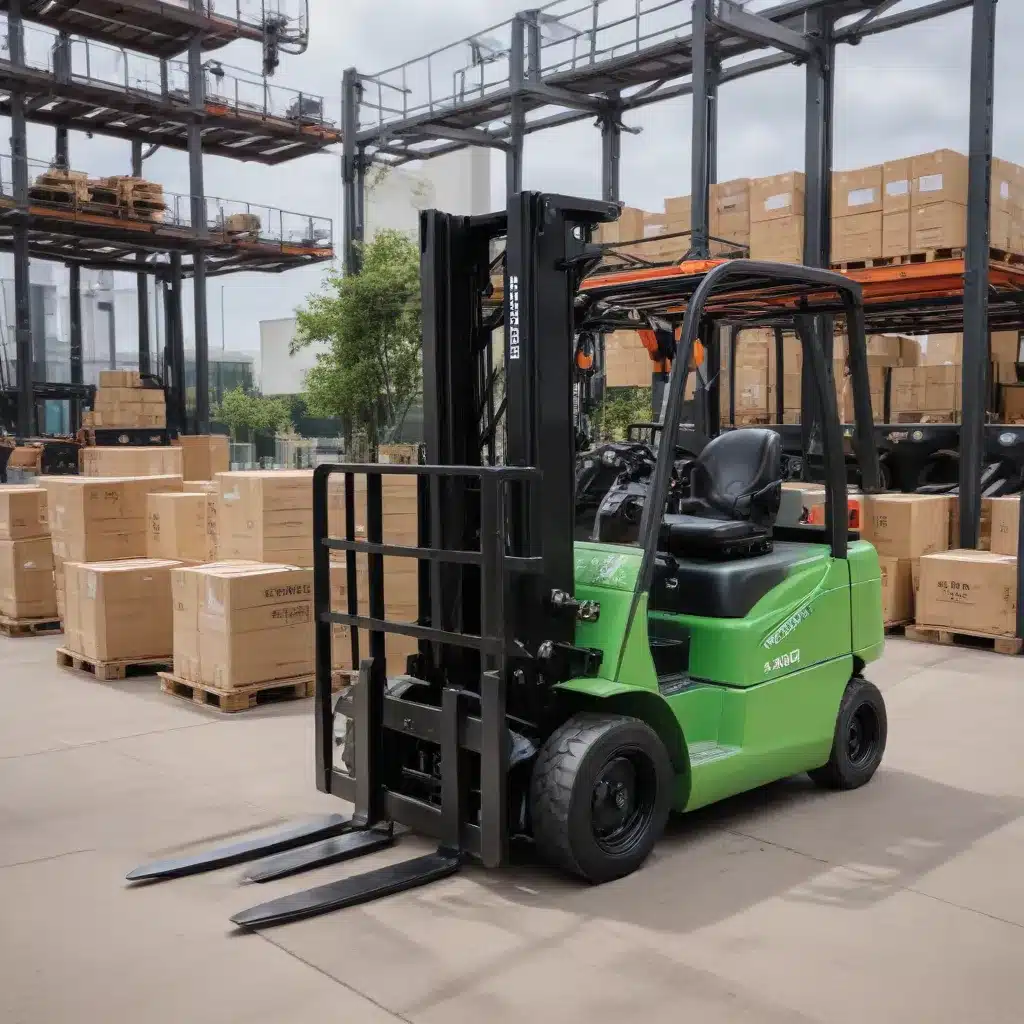
The Mounting Pressure to Decarbonize Logistics
As global organizations chart a path to net zero, the spotlight is turning to the next frontier of emissions reduction: Scope 3 emissions. These indirect emissions, generated across the supply chain, account for the vast majority of a company’s carbon footprint. And a significant portion of these Scope 3 emissions are produced by logistics activities, particularly freight transport and warehousing.
In total, logistics emissions from freight and warehousing are estimated to account for at least 7% of global greenhouse gas (GHG) emissions. Any successful path to net zero will need to address these emissions as part of a company’s holistic environmental, social, and governance (ESG) strategy. Stakeholders, from investors to consumers, are increasingly holding companies accountable for their GHG commitments. Failure to decarbonize logistics could lead to falling behind competitors who are pulling ahead in their “green” efforts.
The Challenges of Logistics Decarbonization
While the future of green logistics is promising, progress to date has been limited. Nearly half of companies surveyed by McKinsey have no decarbonization goals in place. Only a quarter believe they have the means to achieve their stated targets, while a similar number admit they don’t believe they can reach their carbon-reduction goals.
Several structural and perceived obstacles stand in the way of logistics decarbonization:
-
First-mover hesitancy: Shippers are hesitant to commit financial resources to underwrite electric fleets due to near-term uncertainty around operational viability or lack of immediately available assets.
-
Uncertain new technologies: Emerging decarbonization technologies present a range of challenges beyond cost, such as disposal of residual assets, strains on OEM capacity, and uncertainty around total cost of ownership (TCO).
-
Sector and company-specific considerations: Individual logistics use cases can complicate planning and follow-through on net-zero goals. For example, the unique constraints faced by utility fleets or the limited feasibility of battery power for ocean shipping.
Despite these challenges, viable routes to logistics decarbonization are opening up as technology solutions become more widespread and affordable. McKinsey analysis indicates that a 40-50% reduction in logistics emissions by 2030 is achievable using technology available today.
Short-Term Decarbonization Levers
In the short term, there are proven, cost-effective decarbonization levers that can be pulled today:
Network Redesign
Optimizing the manufacturing and warehouse footprint, balancing make-versus-buy decisions, and reallocating customers to best-fit locations can reduce overall distances traveled and improve emissions efficiency per mile.
Warehouse Efficiency
Investing in high-volume low-speed fans, lighting and temperature sensors, enhanced building envelopes, on-site renewables, and electric equipment can lower emissions and operating expenditure by up to 40%.
Routing and Load Optimization
Making improved data-driven decisions to keep vehicles full while reducing unnecessary miles through back-haul matching and multiday routing can reduce the needed fleet size by 10-30%.
Modal Shifts
Transitioning freight from air to road, or from road to rail and ocean shipping, can achieve significant emissions reductions at a lower cost, as these modes are 5-20 times more efficient than air freight.
Medium and Long-Term Decarbonization Strategies
As companies address the low-hanging fruit, they must also plan for the future by investing in new-but-proven technologies:
Fleet Electrification
Electric medium- and heavy-duty trucks are projected to reach TCO parity by the mid-2020s and near 2030, respectively. Urgent action is needed in planning and implementing EV charging infrastructure at scale.
Alternative Fuels
Hydrogen is estimated to reach TCO parity for all vehicles, including heavy-duty trucks, by 2030. Monitoring government incentives and regulations can enable quick pivots when opportunities arise.
Collaborative Partnerships
Leading logistics organizations are forming partnerships to accelerate shipping decarbonization, such as analyzing green-fuel life cycles, setting frameworks for mass production of green fuels, and preparing ports for green-fuel safety and bunkering.
Emerging Technologies
Novel solutions like wind-powered cargo ships and hydrogen-fueled tugboats signal the broader trends and cost curves that can shape business strategy and investment decisions.
A Roadmap for Logistics Decarbonization
To turn net-zero logistics aspirations into action, companies should consider five key steps:
-
Robust emissions baselining, target-setting, and tracking: Establish a foundation of accurate emissions data and aligned decarbonization goals.
-
Structured governance and change management: Develop a dedicated decarbonization office or function to drive initiatives and maintain organizational focus.
-
Prioritized short- and medium-term decarbonization initiatives: Leverage mature technologies and approaches to kickstart the journey, demonstrating cost-effectiveness and building momentum.
-
Monitoring of regulations, incentives, and emerging technologies: Stay agile and adapt plans to capture opportunities as the landscape evolves.
-
Exploring adjacent or new green business opportunities: Turn net-zero challenges into competitive advantages and revenue streams.
With looming regulations and rising stakeholder pressure, now is the time for logistics companies to take action and lead the transition to a green future. By combining mature and new-but-proven technologies, maintaining robust emissions tracking, and staying attuned to the evolving landscape, organizations can navigate the complex path to net-zero logistics.
Conclusion
The shift to electric and alternative-fuel fleets is a critical component of the logistics industry’s journey towards sustainability. While the transition presents challenges, the potential benefits are transformative—from reduced emissions and operating costs to improved operational efficiency and customer loyalty.
By setting clear goals, securing the necessary infrastructure, and leveraging available incentives, logistics companies can position themselves as industry leaders in the race to decarbonize. The time to act is now, as the future of green logistics is here, and the opportunity to gain a competitive edge is ripe for the taking.
To learn more about forklift fleet electrification and sustainable logistics solutions, visit Forklift Reviews.

